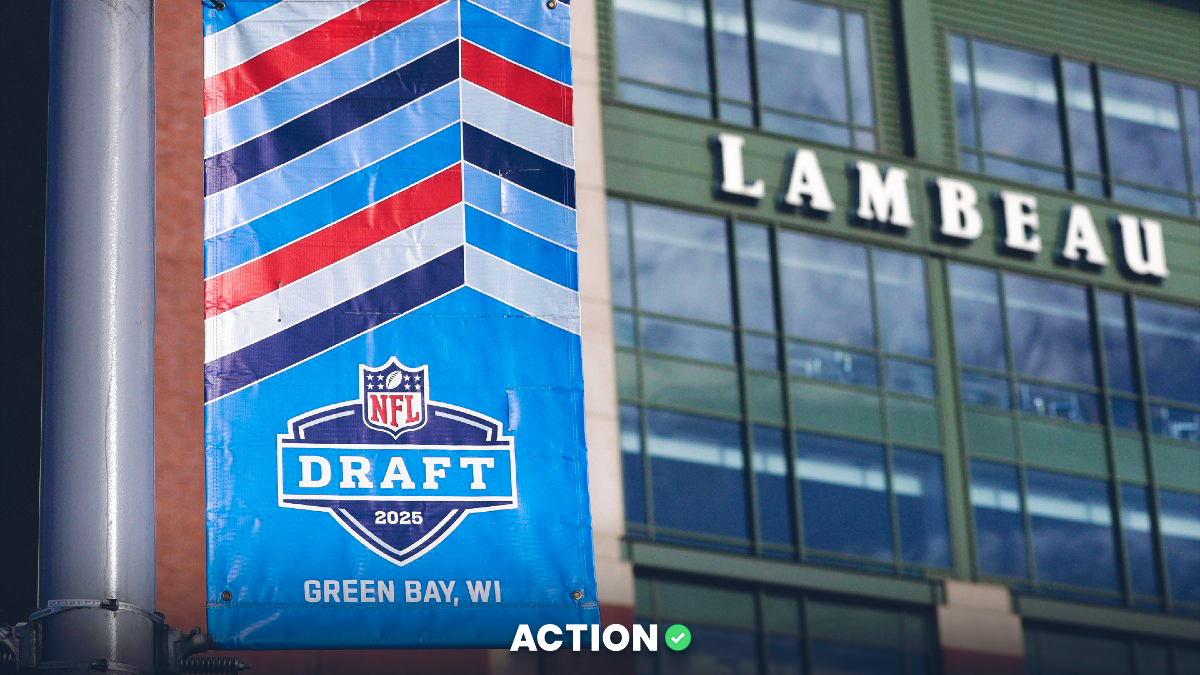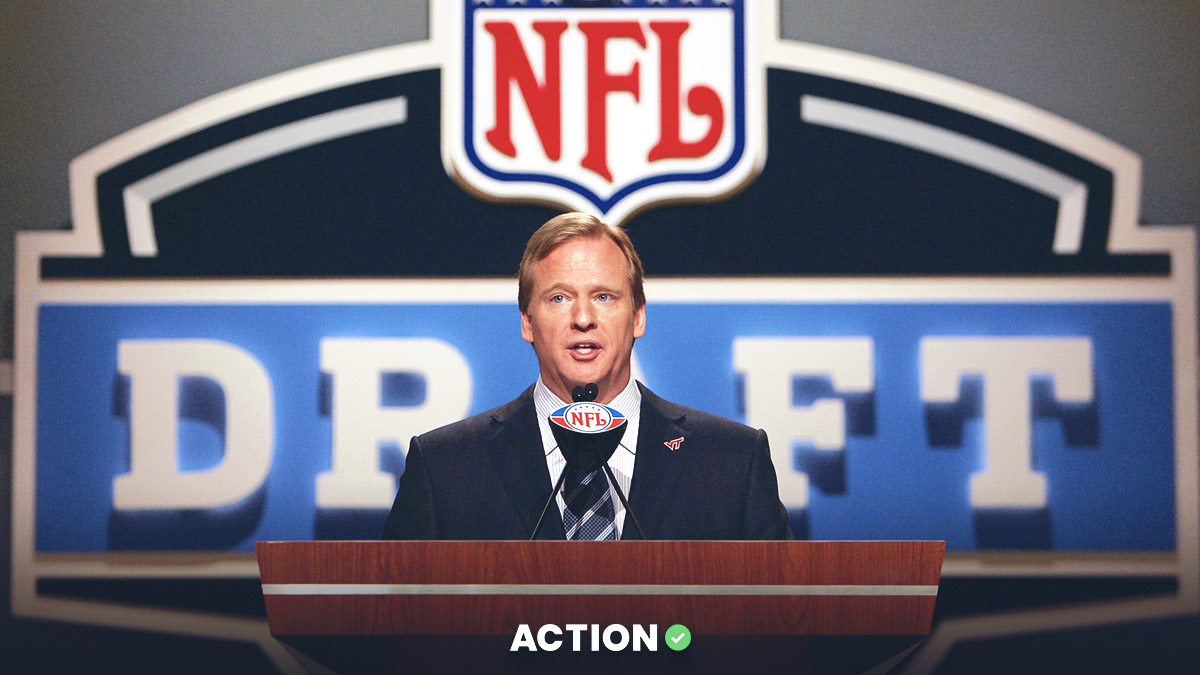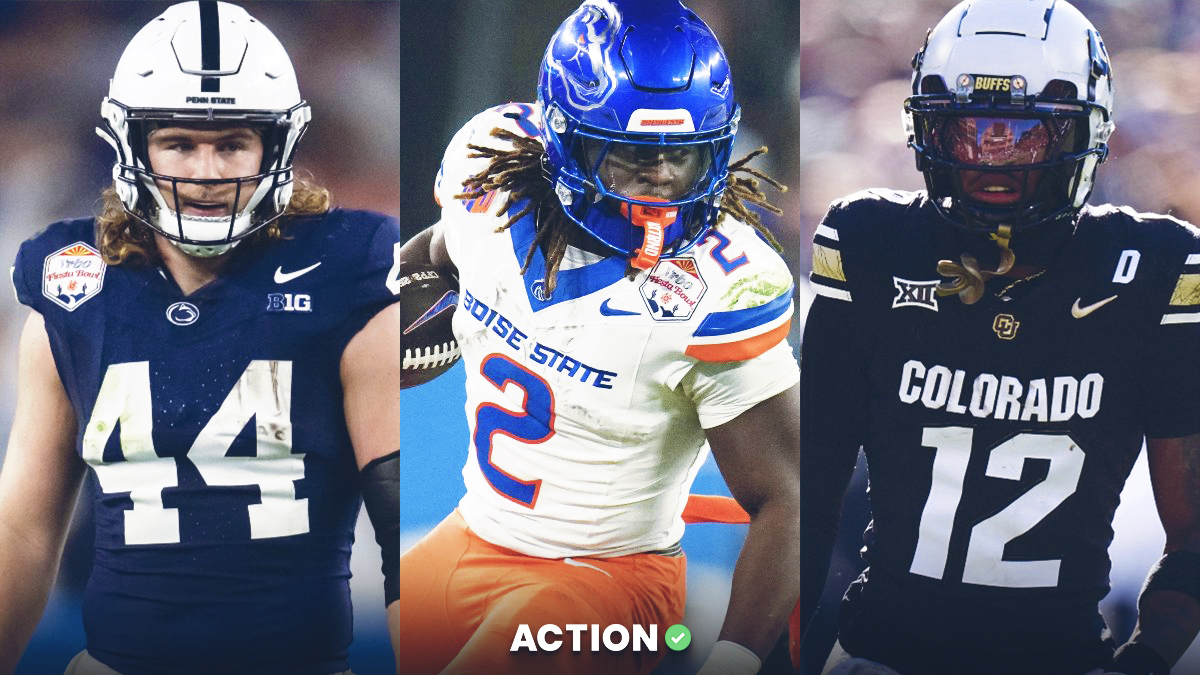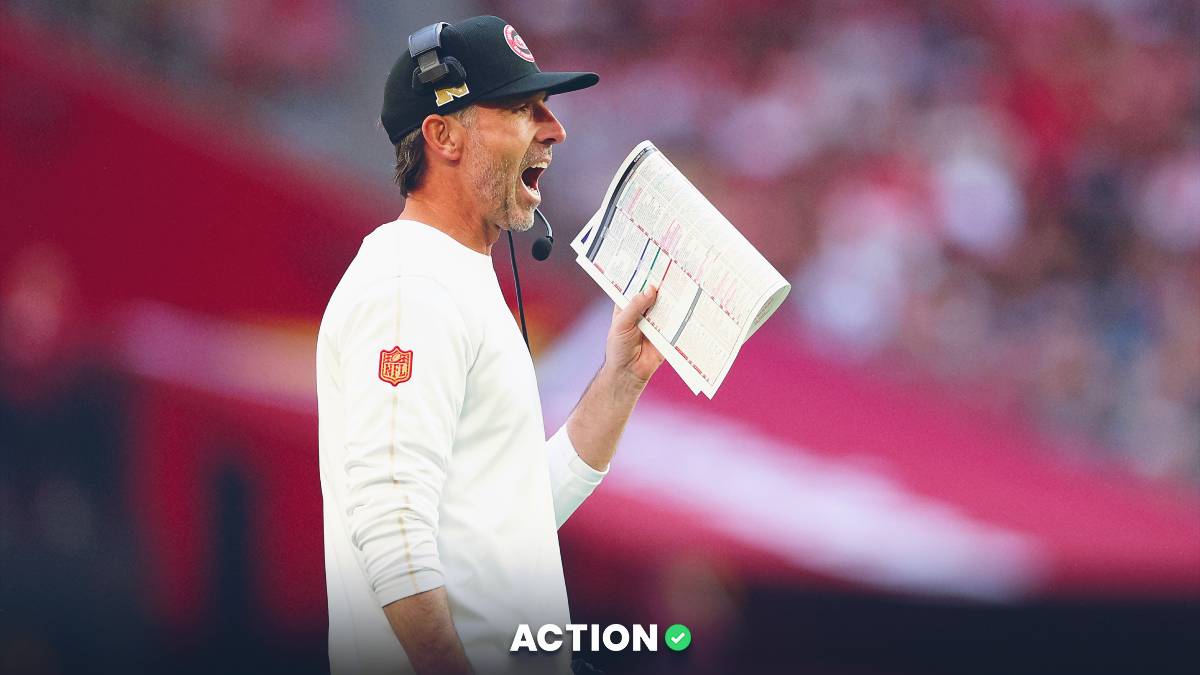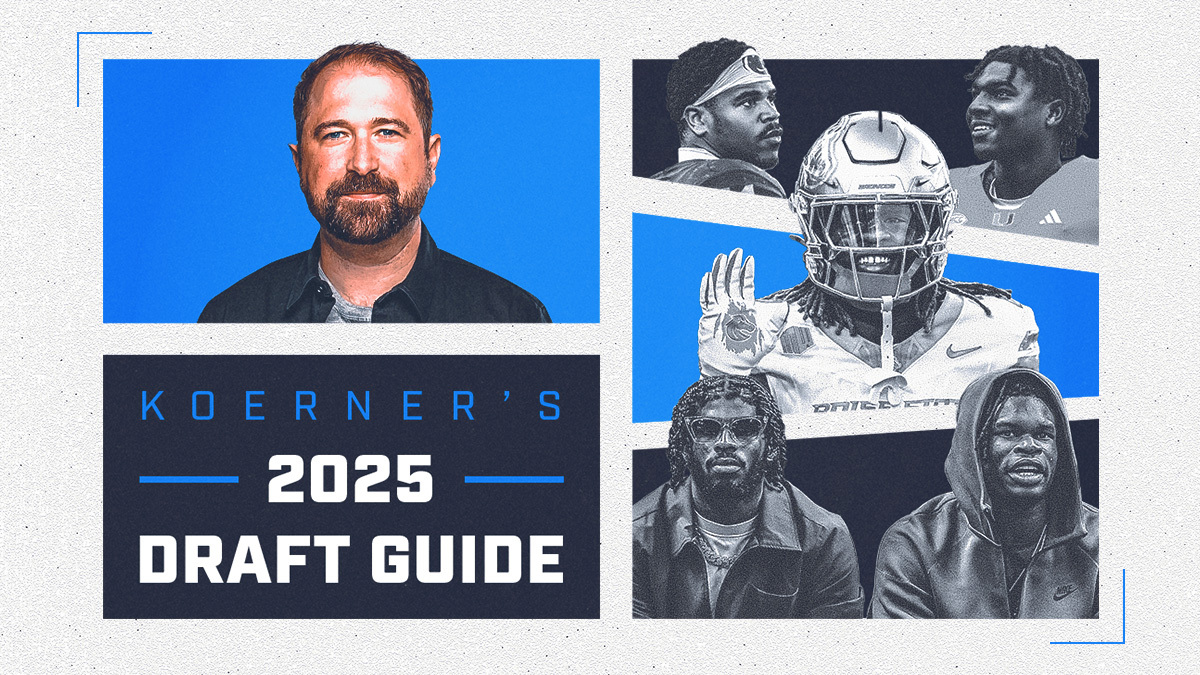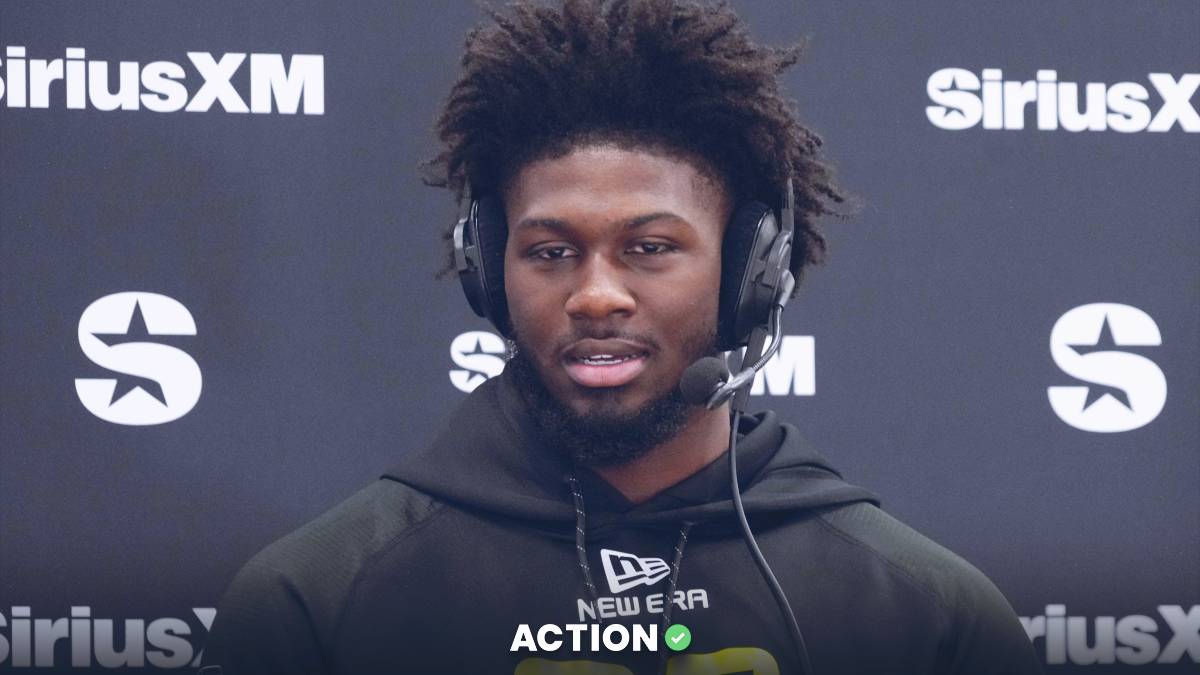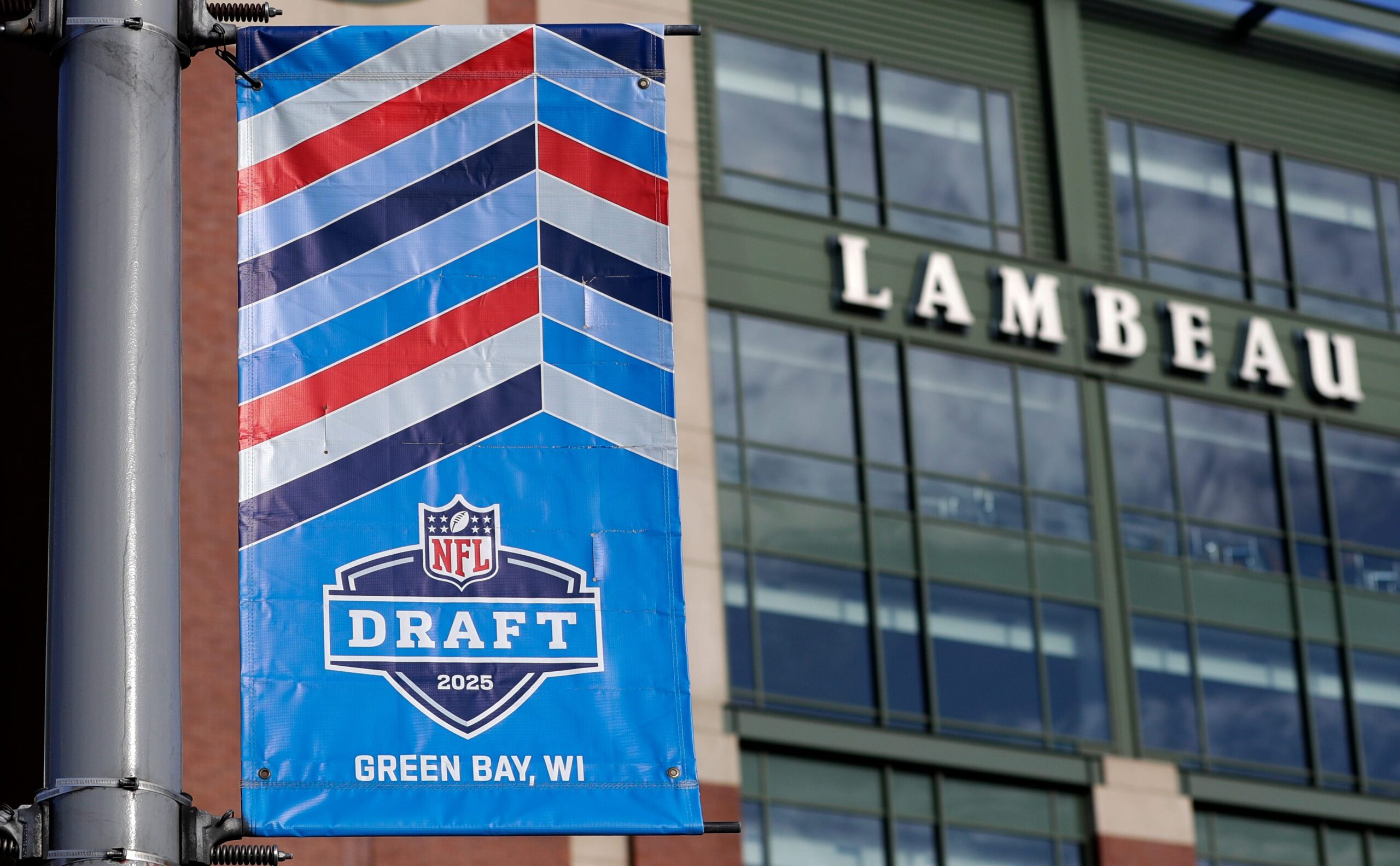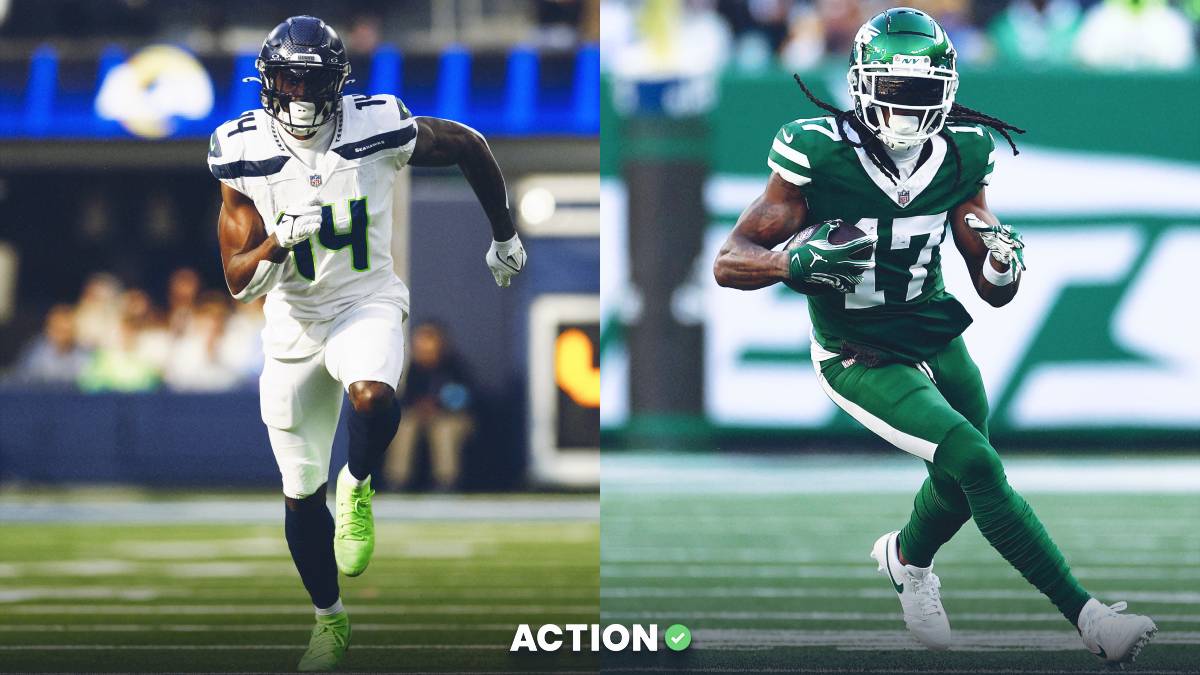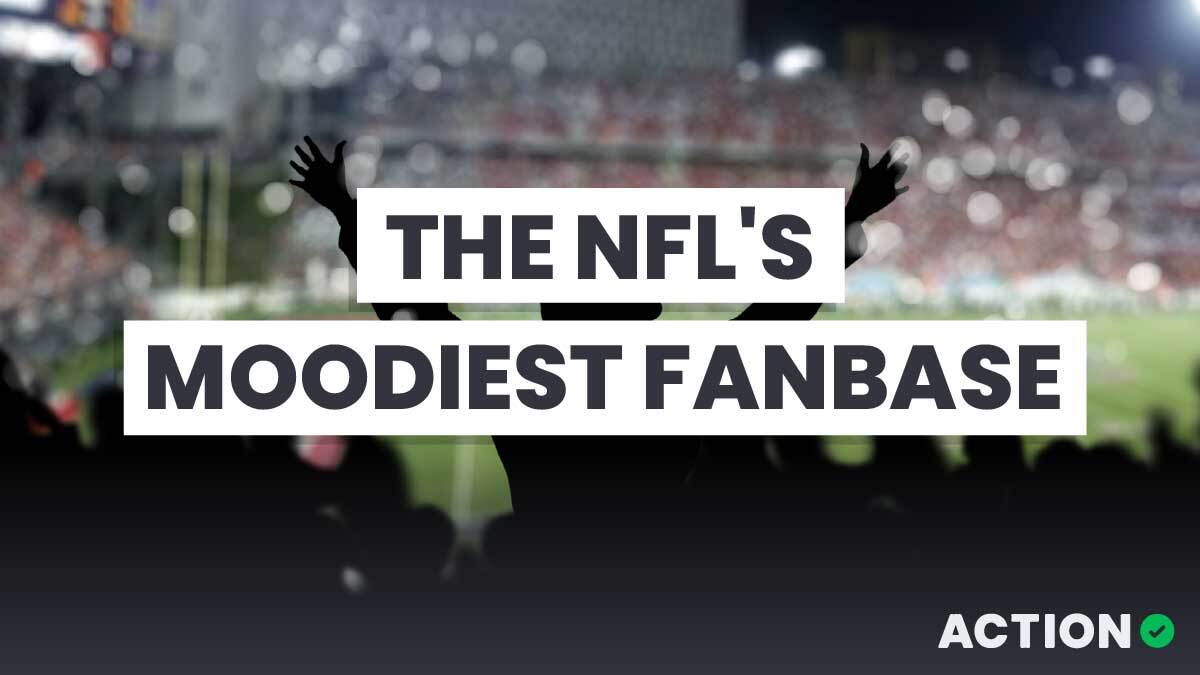The NFL is adored around the globe for its excitement and unpredictability – whatever the weather. In fact, some of the most entertaining games have taken place in the worst possible conditions. Just look back to the legendary 1967 ‘Ice Bowl’ NFL Championship game between the Cowboys and Packers. The temperature on the field was a brutal -48°F thanks to the wind chill and a malfunctioning turf-heating system. The frigid temperatures did not stop the Cowboys and Packers from putting on what is still considered one of the greatest games in NFL history.
With this in mind, we decided to dig deeper into how different NFL teams are impacted by the weather, and if certain franchises are affected more significantly than others. To do this, we analyzed average weather conditions at each NFL stadium over the course of the last regular season to see which teams were impacted most by weather conditions. Those teams with fixed or retractable stadium roofs were not included in the analysis.
Furthermore, we also spoke to meteorologist Kevin Roth, to explain how varying weather conditions impact the game from a technical perspective.
How are NFL teams affected by different conditions?
We’ve compared each NFL team, to determine those which are most affected by the weather, as well as how different conditions can impact the way the game is played.
Wind
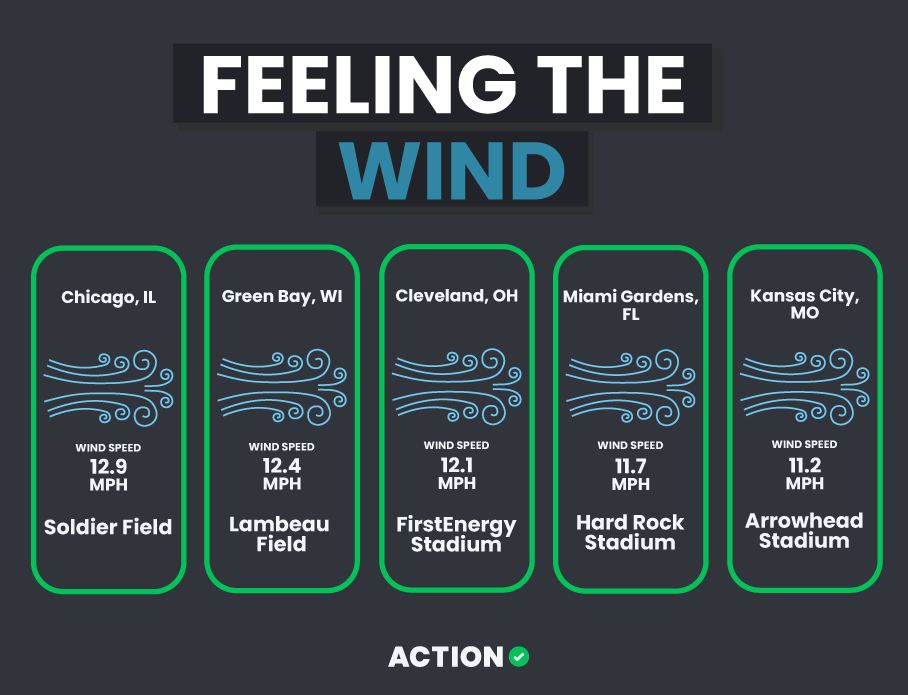
According to Kevin, high wind is the most impactful weather event that we see in the NFL. When sustained winds get to 20+ MPH, there are significant impacts to both the passing and kicking game. As passing becomes less effective, teams generally choose to run the ball instead. This creates a clock-winding, low-scoring game. Windy conditions are ideal for sports bettors to wager on the game’s Under score.
Comparing the NFL venues that experience the most wind throughout the season, it’s perhaps no surprise that the ‘Windy City’ ranks at the top. Chicago’s Soldier Field recorded average monthly winds of 12.9 MPH last season, with highs of 22+ MPH.
The open stadium has stood for almost 100 years, though, so the Chicago Bears are more than used to the tricky conditions!
Whilst wind speeds at Soldier Field take the top spot, the other NFL stadiums to round out the top five are:
- Lambeau Field (Green Bay Packers) – 12.4 MPH
- FirstEnergy Stadium (Cleveland Browns) – 12.1 MPH
- Hard Rock Stadium (Miami Dolphins) – 11.7 MPH
- Arrowhead Stadium (Kansas City Chiefs) – 11.2 MPH
Rain
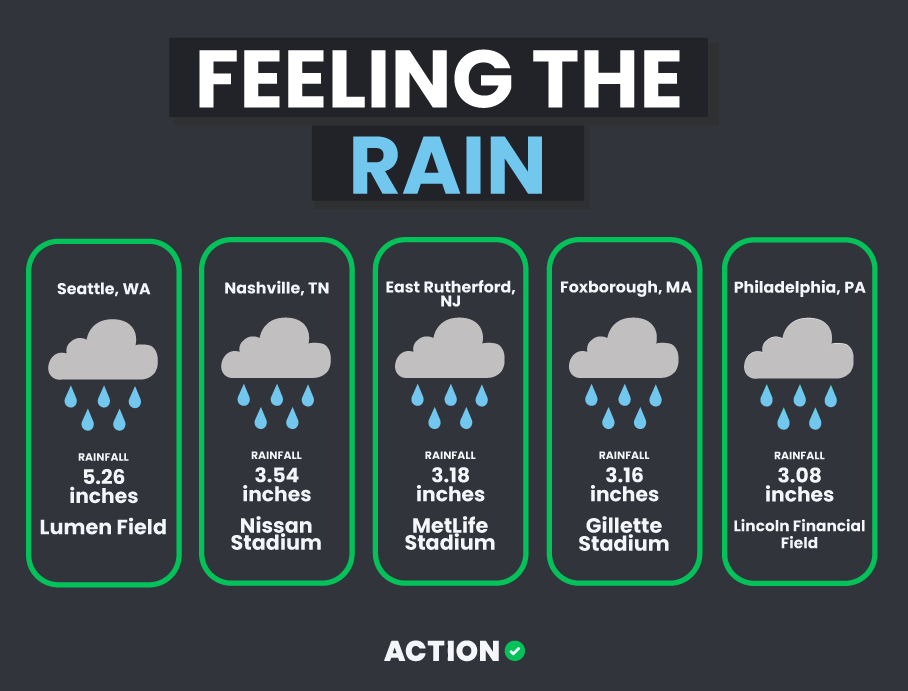
Kevin states that light rain or drizzle only minimally impacts NFL games, but heavy rain can have bigger consequences. As the ball gets soaked and slippery, we typically see an increase in turnovers, both from fumbles and interceptions. The passing game is impacted, with passes sailing off-target and wide receivers dropping balls they would normally catch. As a result, teams tend to run the ball more in heavy rain.
The Seattle Seahawks were most affected by rain last season, with average monthly rainfall measuring 5.26 inches. With an open roof, Lumen Field is completely unprotected to any deluge.
Other stadiums significantly impacted by heavy rain last season include:
- Nissan Stadium (Tennessee Titans) – 3.54 inches
- MetLife Stadium (New York Jets/Giants) – 3.18 inches
- Gillette Stadium (New England Patriots) – 3.16 inches
- Lincoln Financial Field (Philadelphia Eagles) – 3.08 inches
Snow
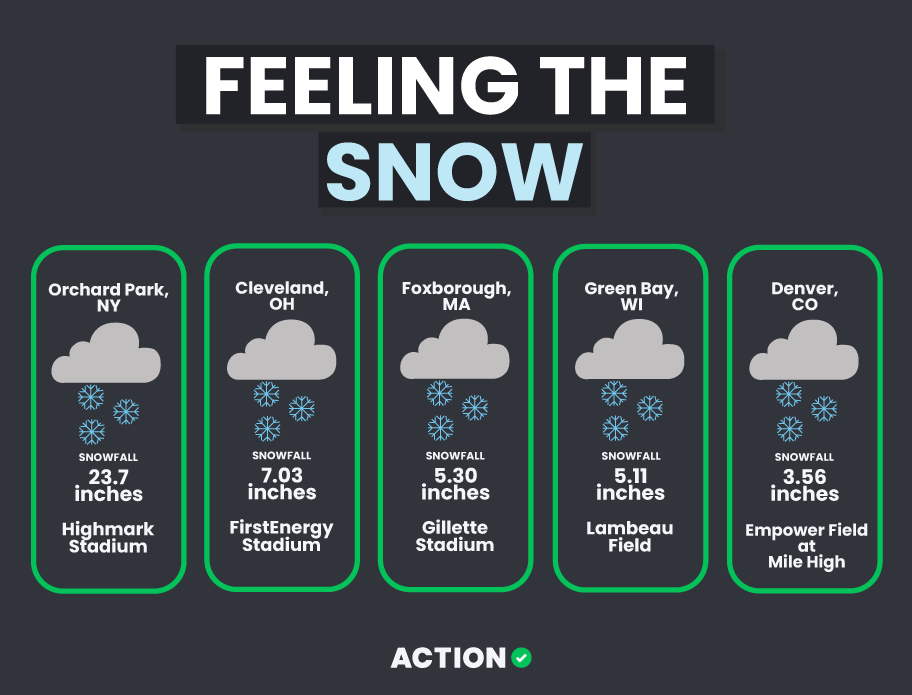
Roth notes that a snowy field can lead to a lot of slipping and sliding and tends to slow play. However, this slower pace can actually be an advantage for quarterbacks and the passing game, as it slows the pass rush and the reaction times of defensive backs. This gives the quarterback extra time to make the right reads and throws. As such, while heavy snow can hamper offenses, a light to moderate snow can lead to big numbers in the passing game.
It’s no surprise that the NFL venue most susceptible to snow is the Buffalo Bills’ open-roof Highmark Stadium. Highmark recorded an average monthly snowfall of 23.72 inches. In January alone, average recorded snowfall around the stadium was 60.79 inches – the highest of any location.
Other likely expected stadiums round out the top five for snowiest conditions:
- FirstEnergy Stadium (Cleveland Browns) – 7.03 inches
- Gillette Stadium (New England Patriots) – 5.30 inches
- Lambeau Field (Green Bay Packers) – 5.11 inches
- Empower Field at Mile High (Denver Broncos) – 3.56 inches
Heat

Hot weather is a common issue across the NFL, especially when playing in more humid environments like Tampa or Miami. Kevin Roth explains that the hot weather can really take its toll on players towards the end of games, especially as defense as fatigue sets in.
Analyzing the data, the Miami Dolphins deal with the highest average temperatures. The seasonal average sits at 74.4°F. In September average temperatures peaked at 82°F, the highest of any unprotected stadium.
There are plenty of other stadiums that deal with extreme heat at the beginning part of the season.
- Raymond Jame Stadium (Tampa Bay Buccaneers) – 69.2°F
- TIAA Bank Field (Jacksonville Jaguars) – 64.9°F
- Levi’s Stadium (San Francisco 49ers) – 57.6°F
- Bank of America Stadium (Carolina Panthers) – 54°F
With the Dolphins, Bucs and Jaguars taking the top three spots, it’s clear that Florida can be a tough place to play in the early part of the year.
Cold
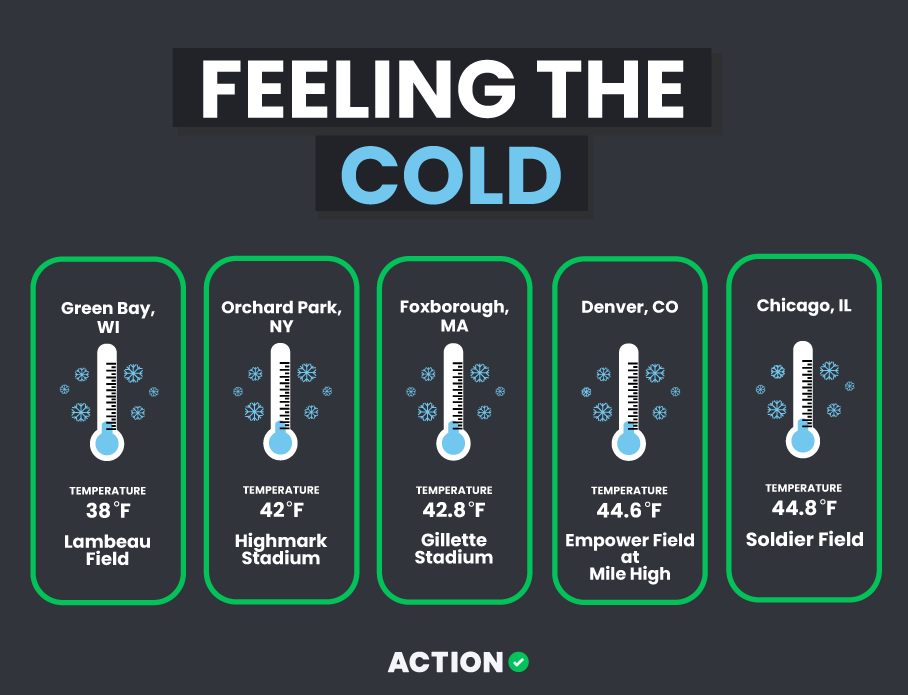
Cold weather games are often in the spotlight towards the end of the season, especially throughout the playoffs. But, despite the attention these games get, the numbers in cold weather games are not dramatically different from games played in nicer weather, Roth details. In fact, there’s statistically only a slightly negative impact to scoring when the temperature drops below freezing, and, for the most part, the cold does not impact how a game is played.
As far as the coldest NFL venues go, none recorded lower average temperatures last season than Lambeau Field (38°F). In fact, during the month of January last season, temperatures averaged just 19°F, the lowest of any unprotected venue.
There are plenty of other cold venues throughout the league with average temperatures below freezing. Here’s the rest of the top five:
- Highmark Stadium (Buffalo Bills) – 42°F with an average low of 17.8°F in January
- Gillette Stadium (New England Patriots) – 42.8°F with an average low of 22.1°F in January
- Empower Field at Mile High (Denver Broncos) – 44.6°F with an average low of 15.2°F in January
- Soldier Field (Chicago Bears) – 44.8°F with an average low of 14.3° in January
With such diverse weather patterns experienced across the US, it’s exciting to see how different NFL franchises adapt to different conditions throughout the season. Be sure to check the weather forecasts before wagering on games in 2022-23 and get some other NFL betting tips from Action Network experts! Also remember to check out new user offers, like Caesars free first-bet promotion, to jumpstart your bankroll for the NFL season.
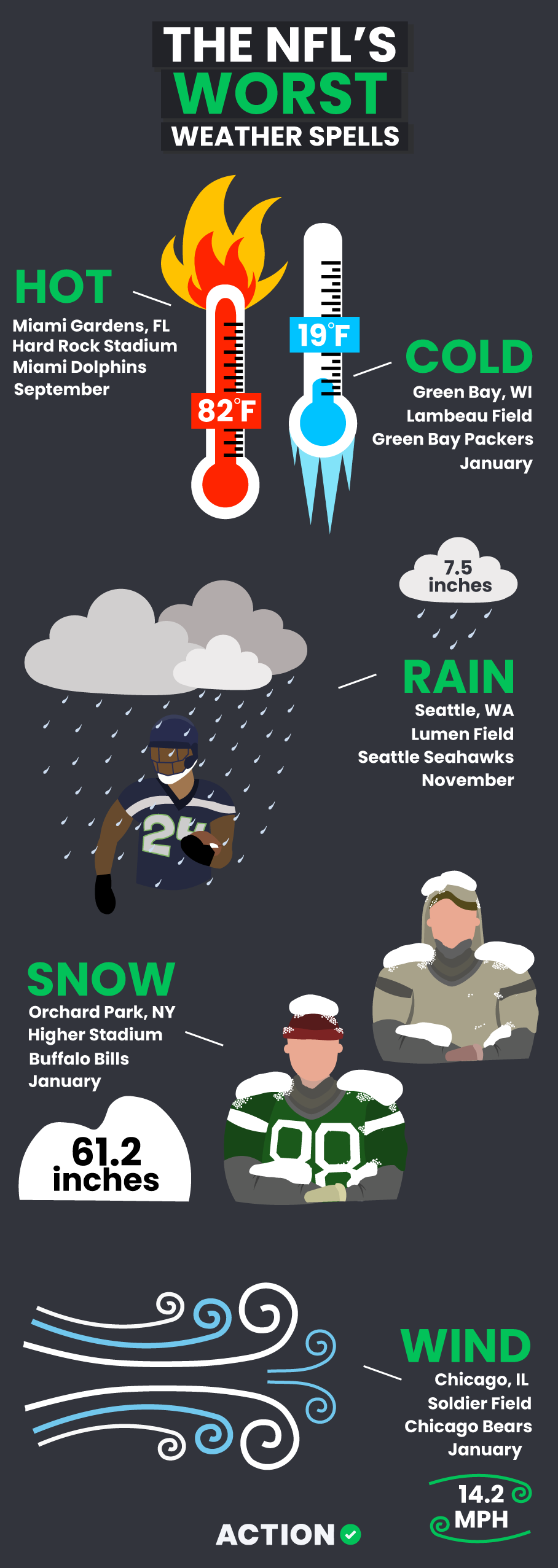
Methodology
To determine which NFL franchises are most affected by the weather, we recorded average temperatures, snowfall, rainfall, and wind speeds for each NFL stadium over the course of the regular season.
Data was collected for the period September 2021 – January 2022 (the duration of the NFL regular season). We then ranked the data accordingly, this revealed the teams most impacted by the heat, cold, rain, snow, and wind.



